What is 5-MeO-MiPT hydrochloride?
5-MeO-MiPT, also referred to as 5-Methoxy-N-methyl-N-isopropyltryptamine, is a research chemical that falls within the tryptamine class. This compound, derived from serotonin, possesses psychoactive properties and has captured the attention of scientists and researchers investigating the effects of psychoactive substances on the central nervous system.
What sets 5-MeO-MiPT apart are the structural modifications that define its distinct pharmacological profile. With a methoxy group at the 5th position and methyl and isopropyl substitutions on the amine nitrogen of the tryptamine core structure, this compound exhibits intriguing interactions with various serotonin receptors, including the 5-HT1A, 5-HT2A, and 5-HT2C receptors.
Research on 5-MeO-MiPT is primarily focused on unraveling the molecular mechanisms through which this compound acts on these receptors and the resulting physiological and behavioral effects. By studying its interactions with serotonin receptors, scientists aim to gain a deeper understanding of the intricate neural pathways and neurochemical processes involved in mood regulation, perception, and other cognitive functions.
Moreover, researchers are actively exploring the potential applications of 5-MeO-MiPT in the fields of psychiatry and neuroscience.
By elucidating the compound’s pharmacological properties and comprehending its impact on neural circuits and neurotransmitter systems, scientists hope to contribute to the development of novel and effective treatment approaches for various mental disorders. The research on 5-MeO-MiPT opens up new avenues for exploration and offers promise in advancing our understanding of the complexities of the human mind and the potential for targeted therapies.
How was 5-MeO-MiPT hydrochloride formed?
Renowned chemist Alexander Shulgin was the first to synthesize and characterize 5-MeO-MiPT, also known as 5-Methoxy-N-methyl-N-isopropyltryptamine, in the 1990s. Since then, this research chemical has captured the interest of scientists due to its unique psychoactive properties and its potential for scientific investigations. It belongs to the broader category of tryptamines, which is a fascinating class of compounds.
After its synthesis, 5-MeO-MiPT has undergone extensive research by scientists aiming to understand its impact on the central nervous system. This compound has been found to interact with various serotonin receptors, including the 5-HT1A, 5-HT2A, and 5-HT2C receptors, which play a crucial role in regulating mood, perception, and cognition.
The distinctive chemical structure of 5-MeO-MiPT, featuring a methoxy group at the 5th position and a methyl and isopropyl substitution at the amine nitrogen, contributes to its remarkable pharmacological profile. These structural modifications influence the compound’s affinity for specific receptors and contribute to its interactions with neurotransmitter systems in the brain. Research on 5-MeO-MiPT focuses on unraveling its underlying mechanisms of action, investigating its physiological and behavioral effects, and exploring potential therapeutic applications. Scientists have conducted studies to gain a better understanding of how this compound affects neural circuits, neurotransmitter release, and the modulation of brain activity.
-
Psychoactive Properties: aMT is known to exhibit psychoactive effects, similar to other tryptamine derivatives. It is often described as a psychedelic substance, capable of inducing altered states of consciousness, changes in perception, mood elevation, and sensory enhancement. However, it is important to note that the subjective experiences and effects of aMT may vary among individuals.
-
Limited Availability: aMT is a rare compound and may not be readily available in the market. Its production and distribution are strictly regulated, and it is primarily obtained through reputable research chemical suppliers.
-
Stimulating and Psychedelic Effects: 5-MeO-MiPT Hydrochloride is renowned for its stimulating and psychedelic effects, which can vary depending on the dosage and individual sensitivity. Researchers have reported enhanced sensory perception, visual distortions, and altered states of consciousness when studying this compound.
-
Research Potential: 5-MeO-MiPT Hydrochloride holds promise in various research areas, including neuroscience, pharmacology, and psychology. Scientists are particularly interested in studying its effects on serotonin receptors and its potential therapeutic applications.
-
Molecular Structure: 5-MeO-MiPT Hydrochloride has a molecular formula of C15H22N2O • HCl and a molar mass of 282.81 g/mol. It features a tryptamine backbone with a methyl group and a methoxy group attached to the nitrogen atom.
-
Dosage and Administration: It is crucial to handle 5-MeO-MiPT Hydrochloride with care and adhere to proper safety protocols, as with any research chemical. Dosage recommendations can vary, but researchers typically start with low doses (2-5 mg) to assess individual sensitivity and gradually increase if necessary. It is essential to consult relevant literature and follow ethical guidelines when conducting research involving 5-MeO-MiPT Hydrochloride.
-
Safety Precautions: As with any research chemical, it is crucial to handle aMT with caution. Researchers should follow proper laboratory protocols, including wearing appropriate protective equipment and working in a well-ventilated area. It is advised to consult with a qualified professional before conducting any experiments involving aMT.
Order your 5-MeO-MiPT Hydrochloride from Substitute Chemicals today and embark on an exciting journey of research and discovery. For any inquiries or assistance, our dedicated customer support team is here to help.

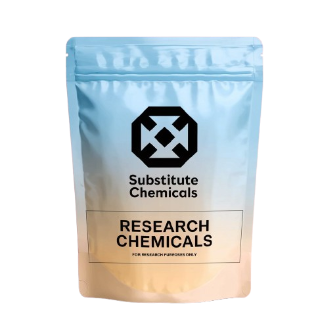
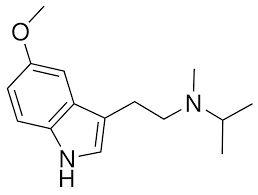
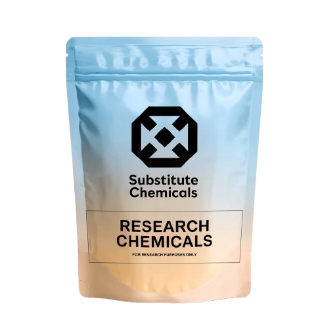
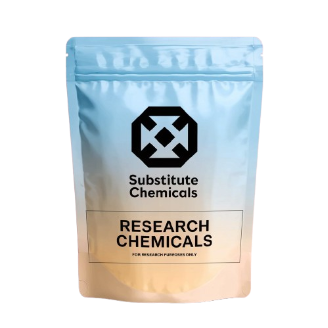
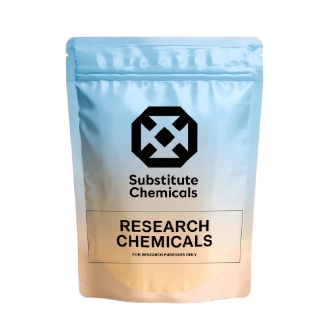
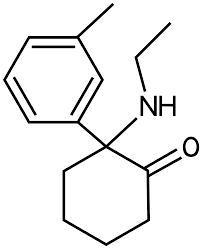
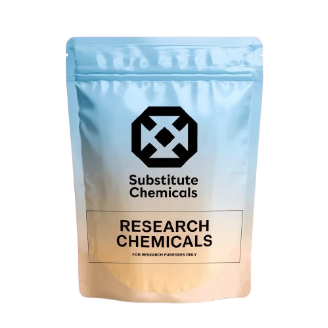

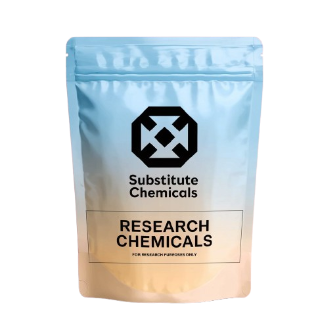
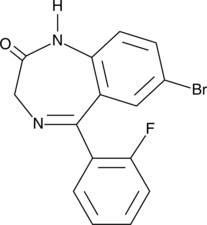
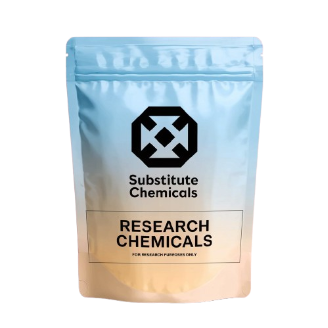
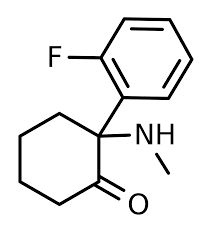
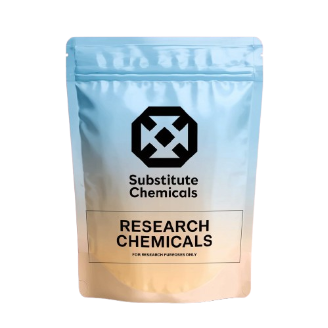
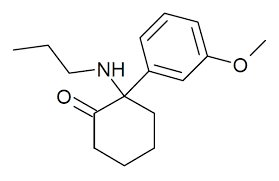
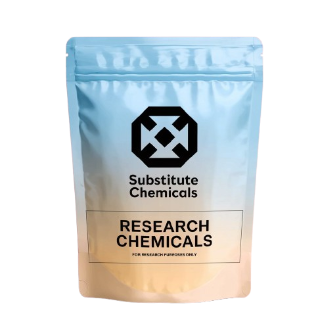
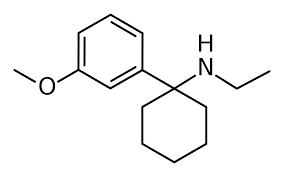
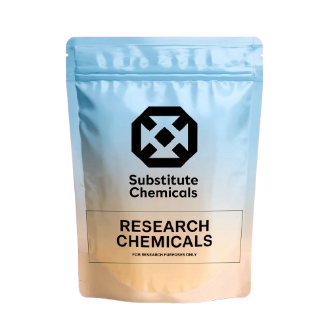

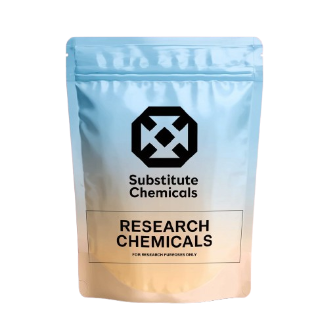
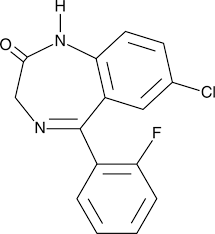
Reviews
There are no reviews yet.